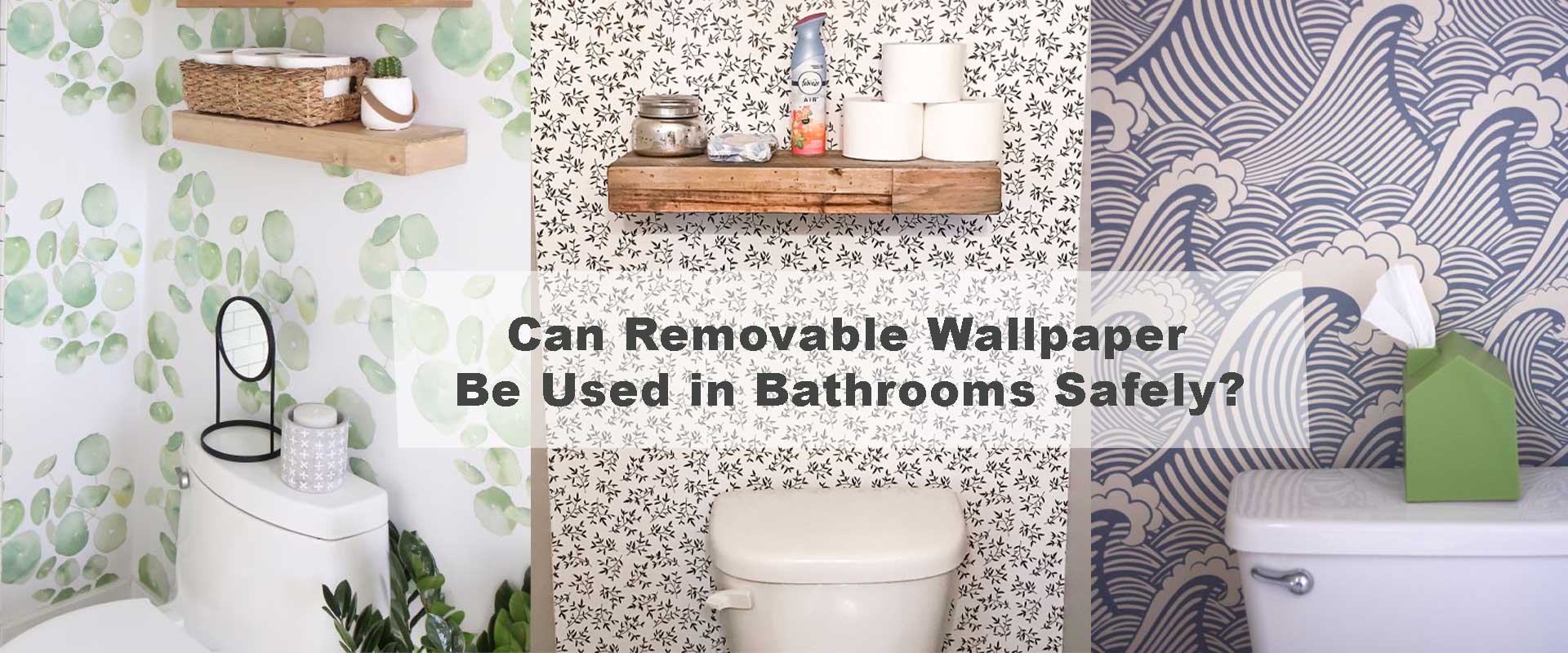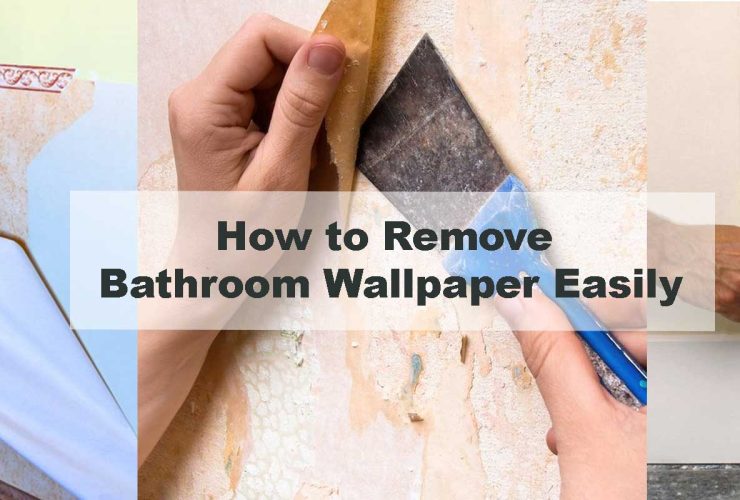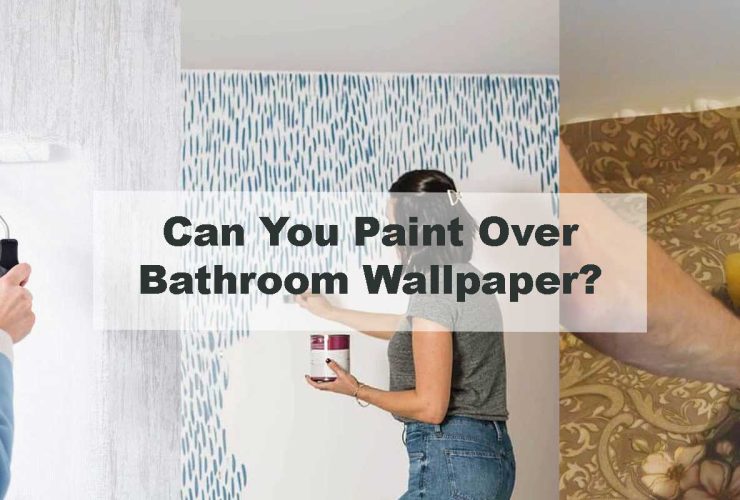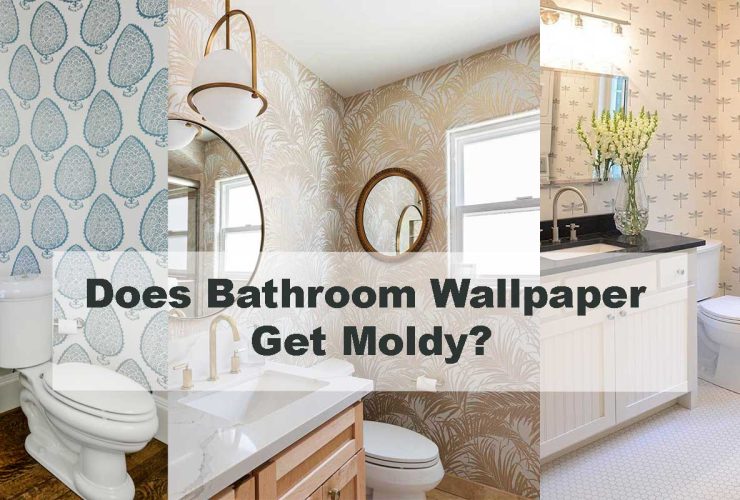Can Removable Wallpaper Be Used in Bathrooms Safely?
Bathrooms aren’t just functional spaces anymore—they’re full-fledged design opportunities. But when it comes to making a bold statement without a permanent commitment, removable wallpaper in bathrooms sparks an obvious question: Is it actually safe to use? With high humidity, steam, and water splashes at play, many people worry if peel-and-stick wallpapers will stick around—or literally peel off.
Let’s dive into the facts, clear up the myths, and show you exactly how to use removable wallpaper safely and stylishly in your bathroom.
Why Removable Wallpaper Appeals to Bathroom DIYers
Removable wallpaper is a game-changer, especially in rentals or for people who like to change their interiors often. You get the power of pattern, texture, and color—without long-term commitment. In bathrooms, this flexibility is particularly attractive.
The Benefits of Removable Wallpaper in Bathrooms
- Easy to apply and remove—ideal for renters or frequent decorators
- Cost-effective vs. tiling or repainting
- Huge design variety (florals, geometrics, textures, and more)
- Great for small or awkward spaces like powder rooms or behind vanities
You can explore our peel-and-stick bathroom wallpaper collection to see what’s trending now.
What Makes a Bathroom Challenging for Wallpaper?
Bathrooms are high-moisture zones. Even if you don’t have a steamy shower running daily, splashes and humidity linger in the air. That’s what separates bathroom wallpaper from wallpaper in bedrooms or hallways.
Key Moisture Issues:
- Steam from showers can break down adhesives
- Poor ventilation traps humidity, damaging edges
- Frequent cleaning may wear the surface or cause peeling
That’s why it’s crucial to choose the right type of removable wallpaper—one designed or proven to work in high-humidity environments.
Learn more from Can You Wallpaper a Bathroom with High Humidity?
The Truth About Peel-and-Stick Wallpaper in Bathrooms
Yes, You Can Use It—But Not All Are Equal
Peel-and-stick wallpapers are safe for bathrooms if:
- The surface is properly prepped
- The wallpaper is moisture-resistant
- The bathroom has decent ventilation
Always check the manufacturer’s recommendations before buying.
Choose Waterproof or Water-Resistant Wallpaper
Look for vinyl-coated or PVC-based wallpapers. These materials handle humidity much better than paper-based ones.
If you’re unsure which is best, our guide on What Type of Wallpaper Works Best in Bathrooms gives you all the insights.
Where to Use Removable Wallpaper in Bathrooms
Placement matters. Even the best wallpaper can fail if exposed to direct water daily.
Best Spots:
- Accent walls opposite the shower
- Powder rooms with minimal moisture
- Behind vanities (as long as there’s no direct splash)
- Ceilings or alcoves for a creative touch
Avoid using wallpaper inside showers or directly behind tubs unless it’s explicitly rated for that level of moisture.
Explore stylish applications in 12 Powder Room Wallpaper Designs That Wow Your Guests
How to Prep Your Bathroom for Removable Wallpaper
Success starts before you peel off that backing. Here’s what to do:
Surface Prep Checklist:
- Clean the wall – Remove dust, grease, and residue.
- Let it dry completely – Even small moisture can sabotage adhesion.
- Smooth it out – Fill holes and sand rough areas.
- Prime if needed – Especially on porous walls (like drywall or plaster).
This prep is essential for preventing bubbles, peeling, or mildew.
Read: How to Waterproof Wallpaper for Bathrooms
Installation Tips: Getting It Right the First Time
Installing removable wallpaper in bathrooms doesn’t require a pro—but it does need patience.
Key Tips:
- Start from the center and work outward.
- Use a smoothing tool to press out air bubbles.
- Trim edges cleanly around fixtures.
- Don’t overstretch the material—it weakens adhesion.
For step-by-step help, see How to Install Wallpaper in a Bathroom
Maintenance: Keeping It Looking Fresh
Bathroom wallpapers are low-maintenance—but not no-maintenance.
Cleaning Tips:
- Use a damp cloth, not soaking wet.
- Avoid abrasive cleaners.
- Wipe steam-prone areas more frequently.
This helps extend the lifespan and keeps mold at bay. For long-term care, check out Easy Ways to Clean and Maintain Bathroom Wallpaper
What If It Starts to Peel or Bubble?
Even with the best prep, problems can pop up. The key is early intervention.
Common Fixes:
- Re-smooth with a wallpaper tool
- Add a touch of wallpaper-safe adhesive behind loose corners
- Use a hairdryer on low heat to reactivate adhesive in minor bubbles
More tips here: How to Stop Bathroom Wallpaper from Bubbling in Humid Spaces
Design Ideas: Make It Stylish AND Safe
Removable wallpaper isn’t just practical—it’s a style flex.
Some Great Looks to Try:
- Bold geometrics in small bathrooms: Geometric Bathroom Wallpaper Inspiration
- Botanical or floral patterns for a spa-like vibe: Floral Bathroom Wallpaper Ideas
- Moody luxury tones for master ensuites: See Luxury Bathroom Wallpapers
Want more? Browse the full bathroom wallpaper collection for inspiration.
Alternatives to Traditional Removable Wallpaper
If you’re not fully sold on peel-and-stick, you have options:
- Vinyl wall decals – perfect for renters
- Moisture-resistant paint stencils – washable and semi-permanent
- Waterproof wallpaper sheets – great for high-humidity spaces
Each has pros and cons, but peel-and-stick is still the most stylish and flexible option.
FAQs: Quick Answers About Bathroom Wallpaper Safety
Can you use peel-and-stick wallpaper in a shower?
No. Even waterproof variants should not be used inside shower enclosures.
What if my bathroom doesn’t have a fan?
Use a dehumidifier or open windows regularly. Wallpaper in low-ventilation rooms like powder rooms still works if moisture is controlled. See Can You Wallpaper a Powder Room With Low Ventilation?
Does removable wallpaper leave damage?
When removed correctly, no wall damage occurs. Just peel slowly at a 45-degree angle.
How long will it last?
With proper prep and maintenance, 3–5 years or more in a well-ventilated bathroom.
Conclusion
So, can removable wallpaper be used in bathrooms safely? Absolutely—if you do it right. Choose water-resistant materials, prep your space thoroughly, avoid high-splash zones, and keep your wallpaper clean. With the right approach, peel-and-stick wallpaper can transform your bathroom into a design-forward space without the permanence of tile or paint.



